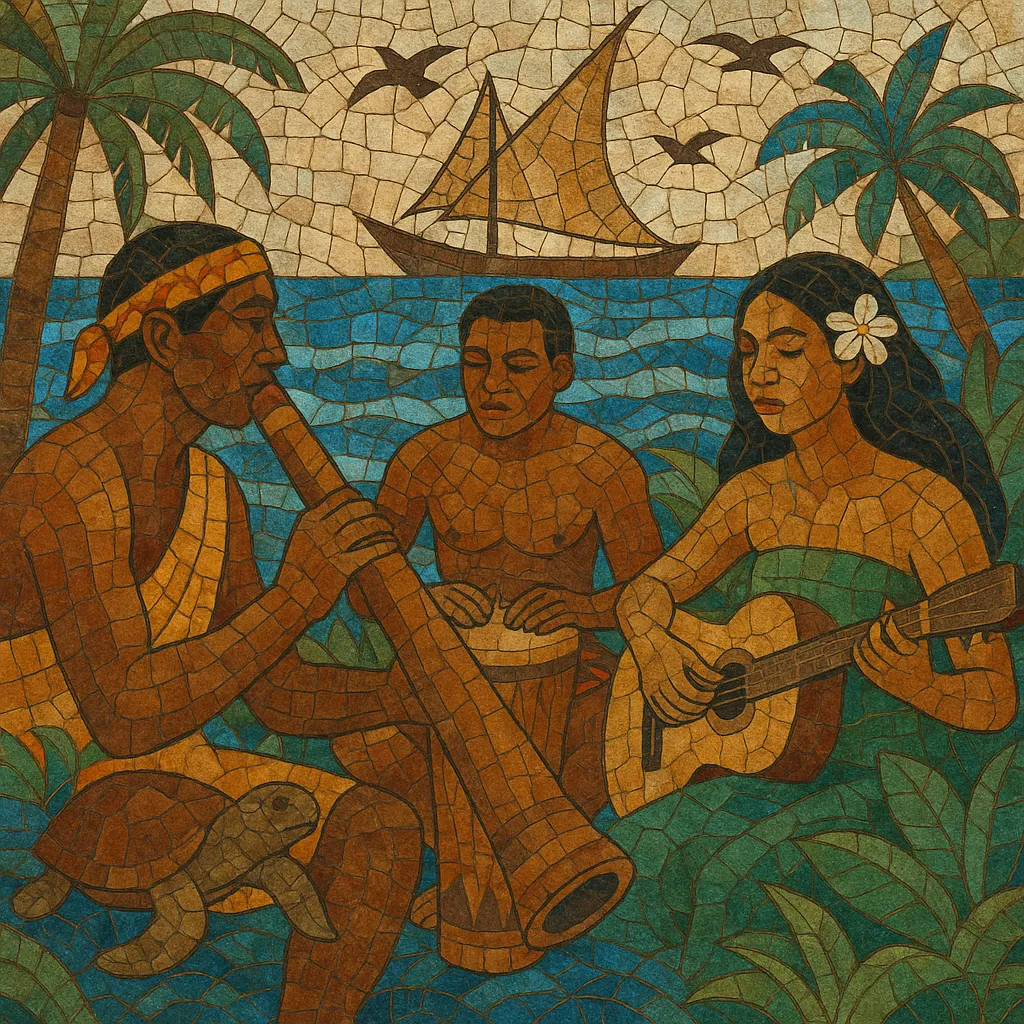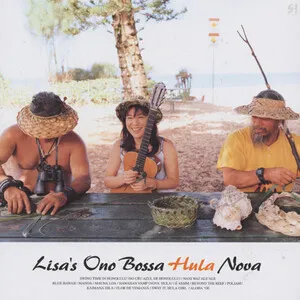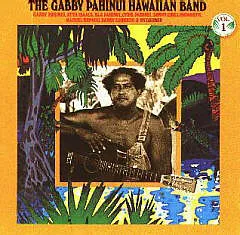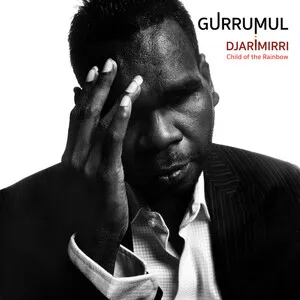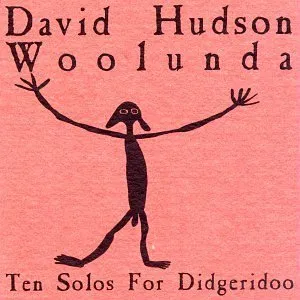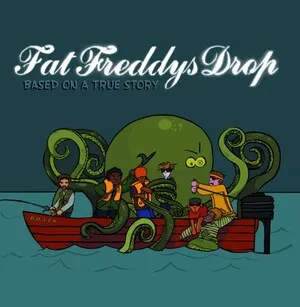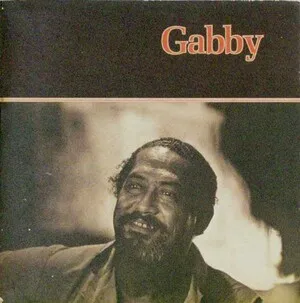Oceanian music is an umbrella term for the traditional and modern musical practices of the peoples of Oceania, including Australia, Melanesia, Micronesia, and Polynesia. It encompasses Indigenous Australian songlines and didjeridu traditions, Papuan and Melanesian slit-drum ensembles, Micronesian multipart choral singing, and Polynesian chant-and-dance repertoires alongside later influences such as hymnody, string-band, slack-key guitar, ukulele ensembles, reggae-derived "island" styles, and contemporary popular music.
Characteristic features include participatory group singing; strong ties between music, dance, and ceremony; interlocking rhythmic patterns on wooden slit drums; antiphonal and responsorial vocal textures; and narratives that honor land, sea, kinship, and ancestry. In the modern era, Oceanian music often blends local languages and timbres with imported instruments and global genres, producing distinctive fusions that remain rooted in community and place.
Music across Oceania predates written history and is inseparable from dance, ritual, and oral tradition. Indigenous Australian songlines encoded geography and law through chant, clapsticks, and didjeridu. In Melanesia, log- and slit-drum ensembles (e.g., garamut, pate) articulated interlocking ostinati for dances and rites. Micronesia developed multipart choral styles and narrative songs. Polynesian cultures maintained powerful chant (mele, haka) and dance (hula, siva, meke), later adding string instruments and close-harmony singing.
European contact brought hymnody, diatonic harmony, guitars, and the Portuguese braguinha (ancestor of the Hawaiian ukulele). Mission schools facilitated choral traditions in local languages, while court and village ensembles adapted Western tonal materials to local rhythmic and social frameworks. Hawaiian kī hō‘alu (slack‑key) guitar emerged, and string‑band idioms spread through Melanesia and Micronesia.
As recording and radio expanded, local styles were documented and circulated. Post‑war cultural revivals foregrounded taonga pūoro (Māori instruments), hula, haka, and regional drums and dances. Community festivals and competitions (e.g., Te Matatini in Aotearoa/New Zealand) reinforced continuity and innovation.
From the 1970s onward, Pacific musicians fused reggae, pop, and R&B with local rhythms and languages, shaping "Pacific reggae" and island pop. Hawaiian slack‑key and ukulele virtuosity reached global audiences, while Aboriginal rock and contemporary Oceania hip hop carried social and political narratives. Today, Oceanian music remains a living synthesis—honoring ceremonial roots while engaging global sounds.

